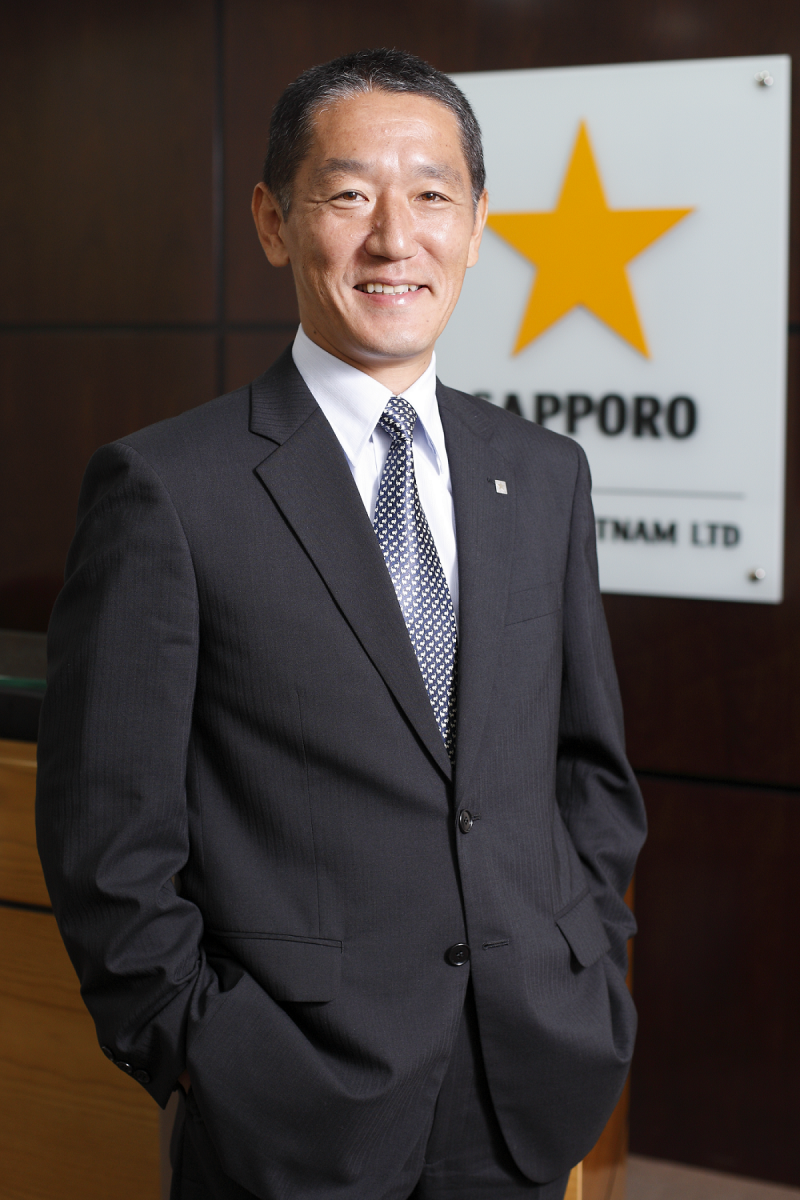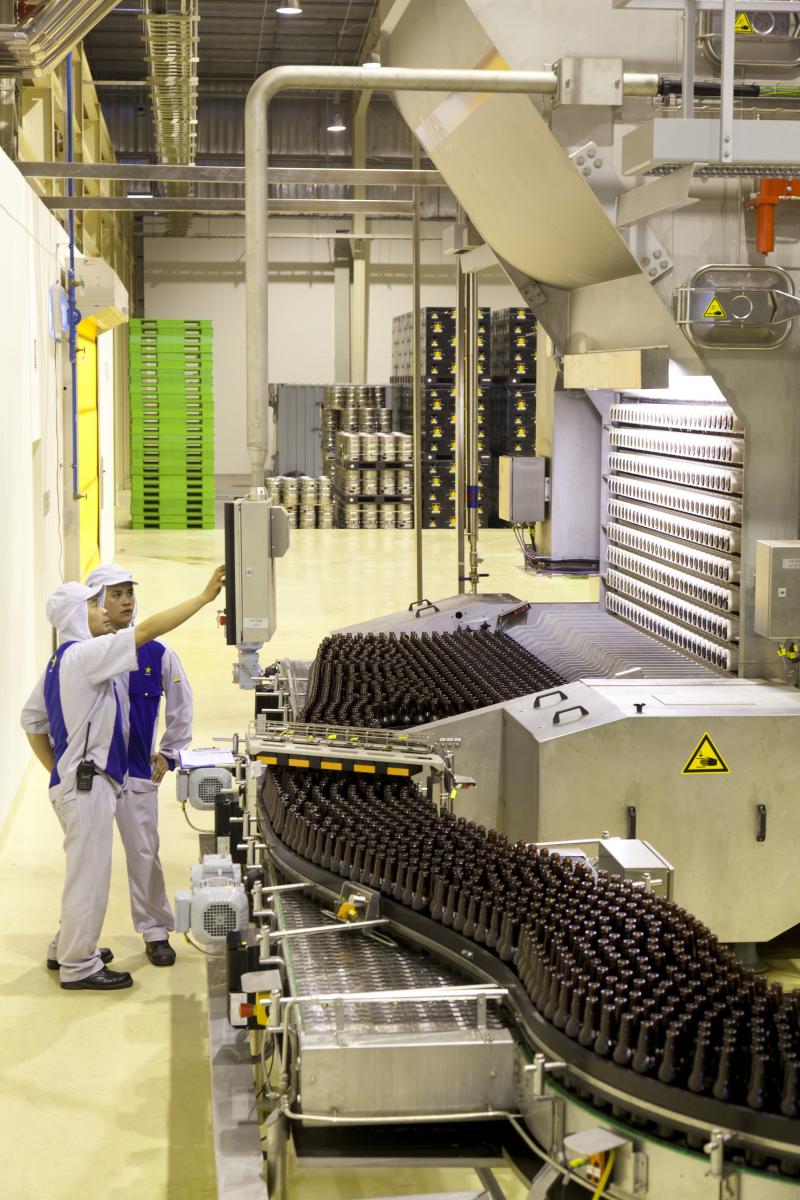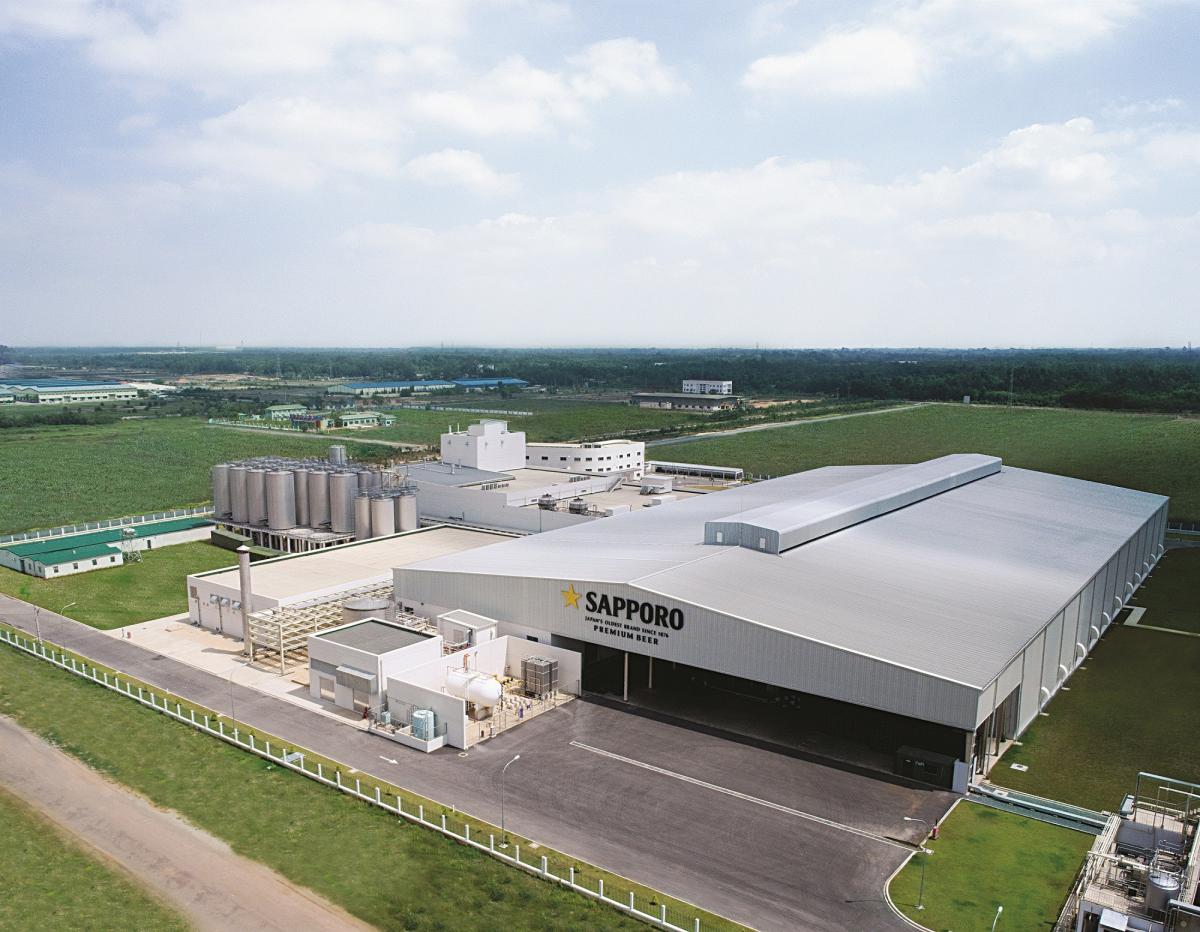VIET NAM’s beer industry is very territorial when it comes to market share. What happens in the south of the country is very different to what happens in the center or north of Viet Nam. Different consumer trends are happening between major cities such as Saigon and Hanoi, and in the regional areas, which are often much localized.
In the past 20 years, a number of international and domestic beer brands have been launched in Viet Nam with varying success. Some fail miserably, some manage to hang onto a small market share, and a few succeed.
A recent entry into the Viet Nam beer market is Japanese base brewers, Sapporo Holdings Ltd. When Sapporo entered the country in 2011, they brought with them years of experience operating in the Asian and international beer markets. So their entry is seen as a great operational and marketing success.
In this exclusive interview, Hirofumi Kishi, general director of Sapporo speaks on the company’s history, products, and strategic vision.
Sources indicate that Sapporo is not only the fourth largest brewer in Japan, but also the oldest.
We started operations in Japan in 1876 in Hokkaido, located in the northern region of the country, so we have almost 140 years of brewing experience to our name. We have a rich history of developing formulas, applying a high level of innovative technology, and a culture of continuous improvement.
What attracted Sapporo to set up brewing operations in Viet Nam?
With the development of any corporate expansion strategy we look at our option and analyzed the various markets for their sales and operational potential, and Viet Nam was the obvious choice. From a domestic sale point of view, Viet Nam has shown a steady increase in their beer consumption from year to year, much more than Thailand or other countries in the region. It’s also important to remember that Viet Nam, although well behind China and Japan regarding the beer consumption, is the third largest consumer of beer in the whole of Asia, and this coupled with the country’s ever growing middle class, an increase in disposable income and a young and Internet-savvy population, all make Viet Nam a very desirable market for companies such as ours.

Hirofumi Kishi: Sapporo’s marketing strategy always starts with promoting the quality of our product, and the Japanese culture that goes into maintaining our high level of consistent quality”
What consumer trends are influencing the increase in local beer consumption?
Over the past 5 to 10 years there’s been a significant growth in the Beer Club concept and high end restaurant, which have all contributed to the county’s increase in beer consumption. As I mentioned before, Viet Nam has a young population that has been increasingly exposed to the rest of the world through the Internet and TV. This has created a new generation of consumers seeking new ways to socialize, and bypassing the more traditional drinking establishment such as street cafés or Bia hơi for the more up market venues.
The local beer market is very competitive, and a number of companies had been unable to make it. What is Sapporo’s marketing strategy in Viet Nam?
Sapporo’s marketing strategy always starts with promoting the quality of our product, and the Japanese culture that goes into maintaining our high level of consistent quality. As with most countries Viet Nam has certain restriction on the advertising of alcoholic beverages, so we focus our marketing efforts in areas like direct marketing and occasional sponsorship activities. Presently we have around 700 promotional girls that are in direct daily contact with consumers; we also employ about 40 merchandising girls who are stationed at supermarkets and other events to directly promote our products, and of course there is all the other forms of visual merchandising we produce and distribute such as signage, beer mats, beer towers, poster, special promotions such as our TET 2015 glass promotion (Lunar New Year), and we also support a number of large entertainment events throughout the year such as our Escape series of concerts. Additionally, we also have an active sales team of around 200 representatives constantly promoting our products to retailers.
As with most foreign companies setting up operations in a country like Viet Nam, there will always be some lessons to learn along the way, but generally speaking, we’re more than happy with our marketing efforts to date, and looking forward to building on the significant impact we’ve had in Ho Chi Minh City. Apart from our export market, which exports to 12 countries in the Southeast Asia, Korea, the Pacific and Australian regions, our marketing efforts for the Vietnamese market focuses predominantly in the south of the country, but we’ll be expanding on this as our production capacity increases.
Setting up local beer brewing operations would have given Sapporo a number challenges to face. What were some of hurdles the company had to overcome?
Establishing a manufacturing facility on a 6.5 hectare site with an investment of around US$75 million certainly had its logistical and political challenges. However, here in Viet Nam we are a joint venture company and have a partnership with the state-owned tobacco company Vinataba, which made our transition and set-up in Viet Nam a lot smoother than if we went it alone. The Vietnamese government are more than supportive of industry development, and can see the importance of developing strategic alliances with foreign own companies such as ours as a way of adding to the country’s manufacturing knowledge and expertise.

At Sapporo’s brewery in Long An, south of Ho Chi Minh City, staff are trained in Japanese developed techniques
Your production facility in Long An (south of Ho Chi Minh City) incorporates advance technology all housed in a state-of-the-art brewery. Has it been difficult to find skilled staff to operate such a facility?
When it comes to developing systems and operational processes, the Japanese excel. We train our staff using tried and tested Japanese developed techniques, which we have found to be more than acceptable to the Vietnamese culture. The main area of training that we focus on deals with the concept of Total Quality Management and establishing a culture of continuous improvement (Kaizen). Maintaining quality is our highest priority and it’s important to establish this understanding in the minds of all our employees from the day they start working with us.

The brewery has a capacity of 40,000 kiloliters per annum
Since 2011, what has Sapporo offered local consumers?
We only produce one product here and that’s our flag ship brand Sapporo Premium Beer. The beer we brew here in Viet Nam is the same beer we produce and distribute all over the world, and made with the same special formulas, strict quality control, and using the same innovative technology we apply to our processes in Japan. Presently our Sapporo Premium Beer product range is approximately 40% bottle beer, and 40% can beer, and the remaining 20% is our draft or keg beer range. We’re not sure how stable these trends will be in the future, but we believe draft beer consumption will increase over the years, with a possible decrease in bottle beer sales. Presently, the capacity of our brewery is 40,000 kiloliters per annum, with plans to increase our production levels to 100,000 kiloliters as our investment increases.
In a relatively short time, and while operating in a very competitive market, you have managed to establish your brand effectively. What’s the next step in the company’s strategy?
On the domestic front our strategy will see us increasing production, consolidating and increasing our market share here in the South of the country, particularly around HCMC; and from there we will start to focus on consumers in the North, in and around Hanoi. We’re also looking at building our export markets so we plan to start looking more seriously at other countries in the region to grow this side of the business.
NIKE
 iConnectHub
iConnectHub
 Login/Register
Login/Register Supplier Login
Supplier Login


























